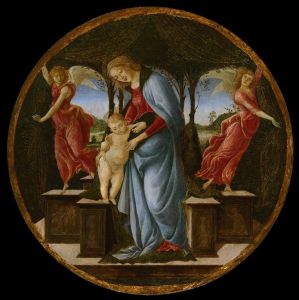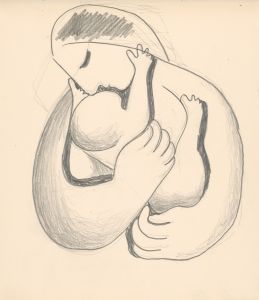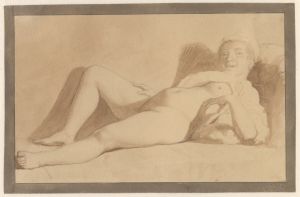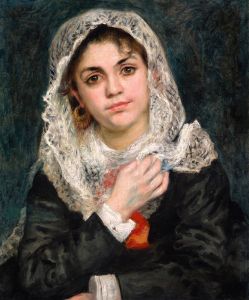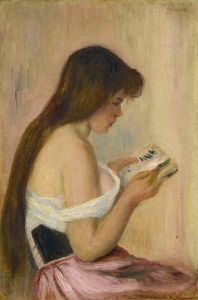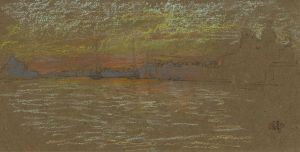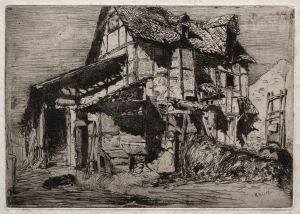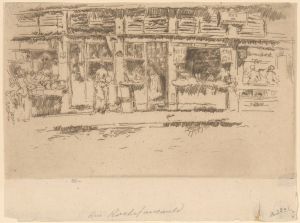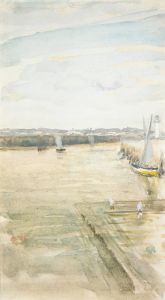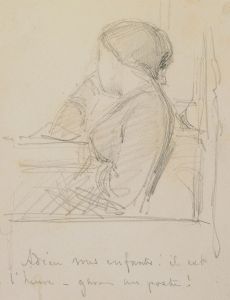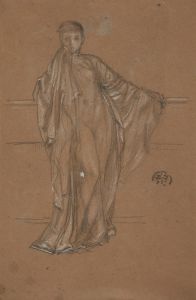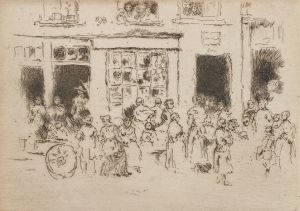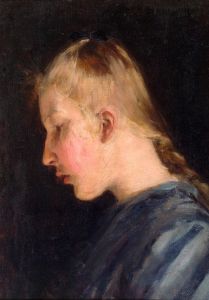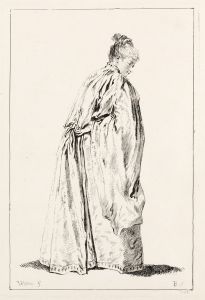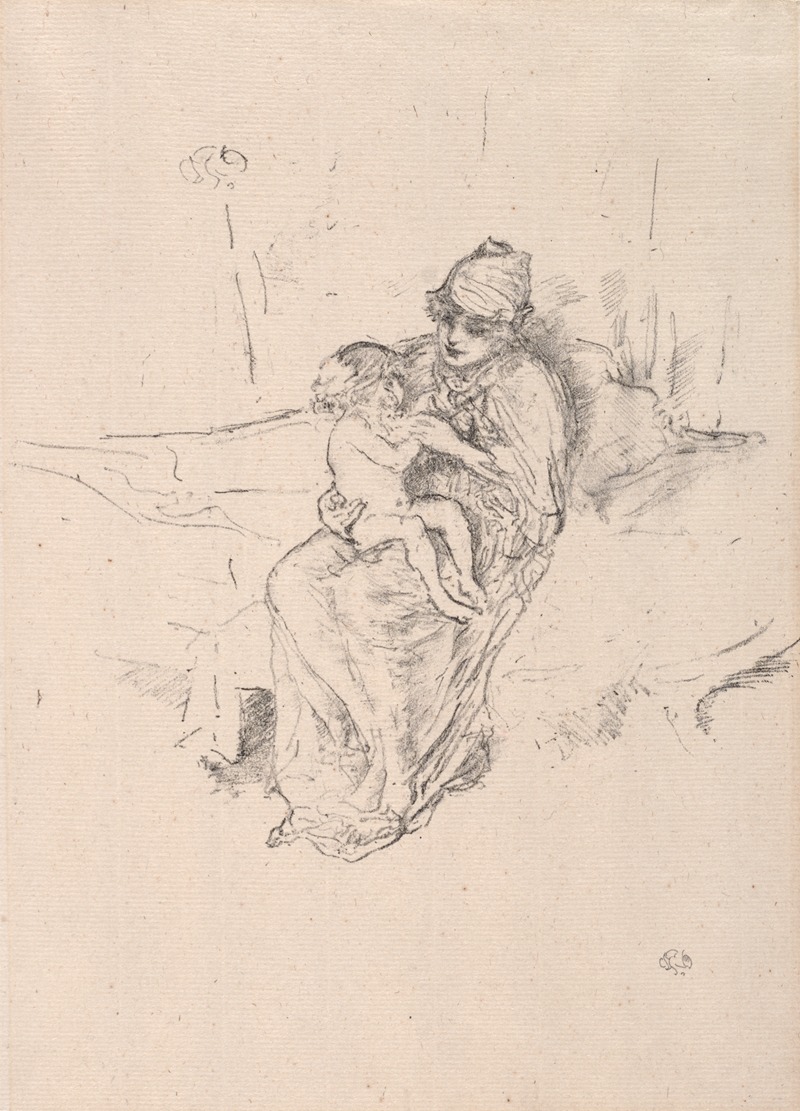
Mother and Child, No. 1
A hand-painted replica of James Abbott McNeill Whistler’s masterpiece Mother and Child, No. 1, meticulously crafted by professional artists to capture the true essence of the original. Each piece is created with museum-quality canvas and rare mineral pigments, carefully painted by experienced artists with delicate brushstrokes and rich, layered colors to perfectly recreate the texture of the original artwork. Unlike machine-printed reproductions, this hand-painted version brings the painting to life, infused with the artist’s emotions and skill in every stroke. Whether for personal collection or home decoration, it instantly elevates the artistic atmosphere of any space.
James Abbott McNeill Whistler, an American artist active during the 19th century, is renowned for his contributions to the art world, particularly in the realms of painting and printmaking. One of his notable works is "Mother and Child, No. 1," which exemplifies his distinctive style and artistic approach.
"Mother and Child, No. 1" is a painting that captures a tender moment between a mother and her child. Whistler's approach to this subject matter is characterized by his subtle use of color and delicate brushwork, which create a sense of intimacy and tranquility. The composition is carefully balanced, with the figures of the mother and child positioned in a way that draws the viewer's eye to their interaction.
Whistler's technique in this painting reflects his broader artistic philosophy, which emphasized the importance of harmony and simplicity. He often sought to create works that were visually pleasing and evocative, rather than focusing on detailed realism. This approach is evident in "Mother and Child, No. 1," where the figures are rendered with a softness that suggests their forms without delineating every detail.
The color palette in "Mother and Child, No. 1" is muted and harmonious, with gentle tones that enhance the serene mood of the scene. Whistler's use of color was influenced by his interest in Japanese art, which he admired for its simplicity and elegance. This influence can be seen in the way he uses color to create a sense of depth and atmosphere, rather than to depict the naturalistic appearance of the subjects.
Whistler's interest in the aesthetic qualities of his work is also evident in his use of composition. In "Mother and Child, No. 1," the placement of the figures and the balance of the elements within the frame create a sense of stability and calm. This careful attention to composition is a hallmark of Whistler's work and reflects his belief in the importance of creating a harmonious visual experience.
"Mother and Child, No. 1" is part of Whistler's broader body of work, which includes portraits, landscapes, and scenes of everyday life. Throughout his career, Whistler was known for his innovative approach to art and his willingness to challenge conventional norms. His work has had a lasting impact on the art world, influencing subsequent generations of artists and contributing to the development of modern art.
In addition to his artistic achievements, Whistler was also known for his distinctive personality and his involvement in various controversies within the art world. He was a vocal advocate for the importance of artistic integrity and often clashed with critics and other artists over his unconventional views. Despite these controversies, Whistler's work has been widely recognized for its beauty and originality.
"Mother and Child, No. 1" remains an important example of Whistler's artistic vision and his ability to capture the essence of his subjects with grace and sensitivity. The painting continues to be appreciated for its aesthetic qualities and its contribution to the legacy of one of the 19th century's most influential artists.





